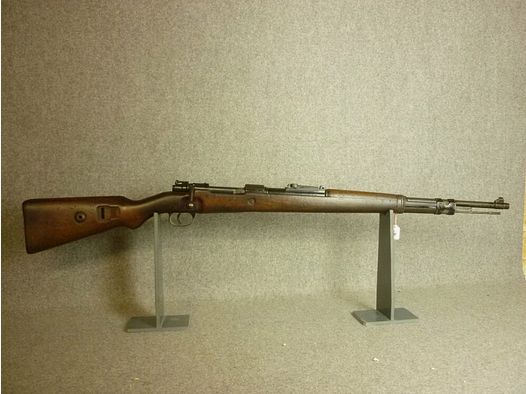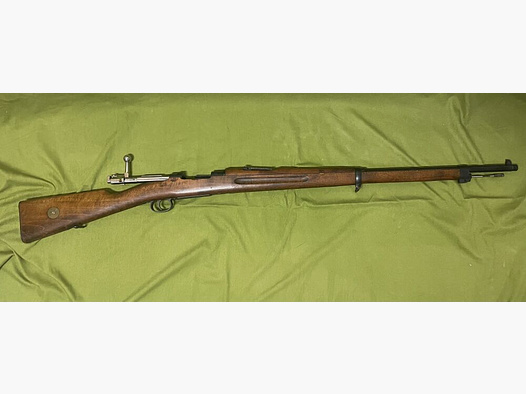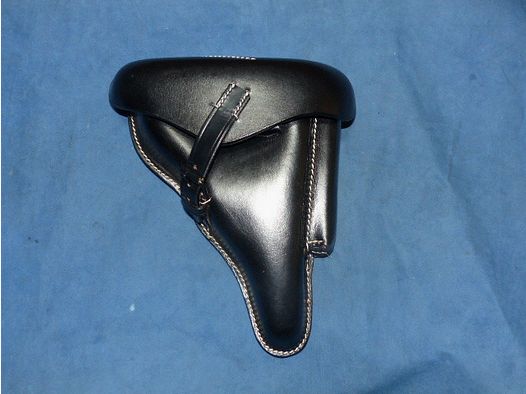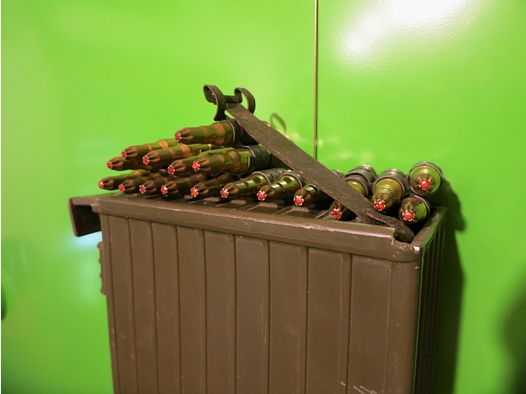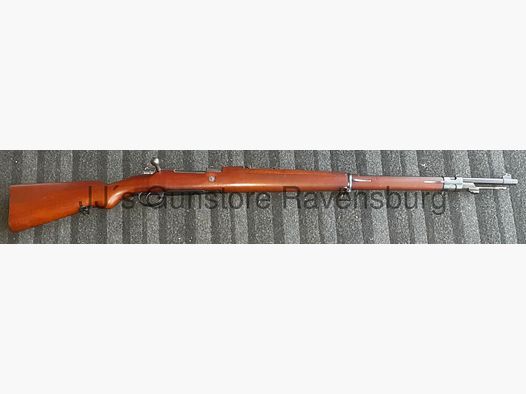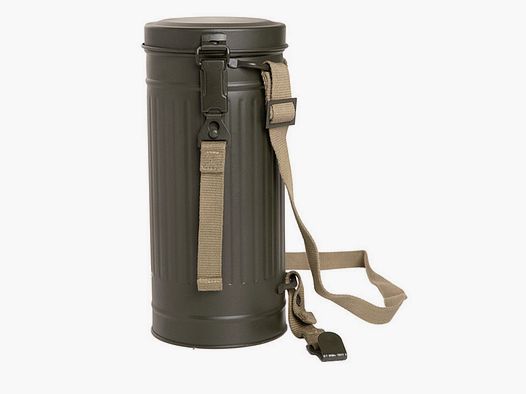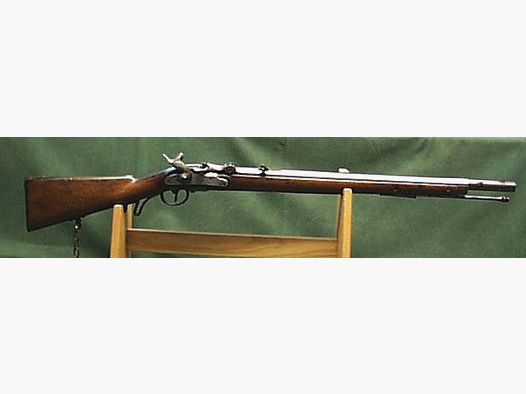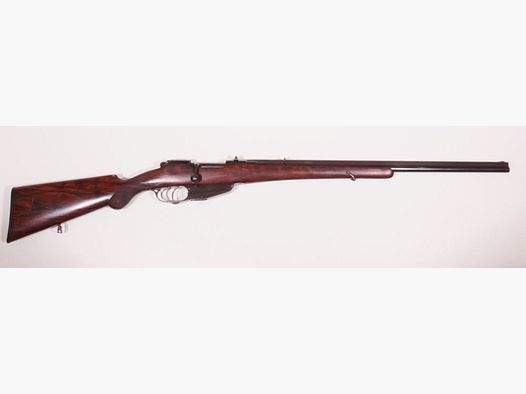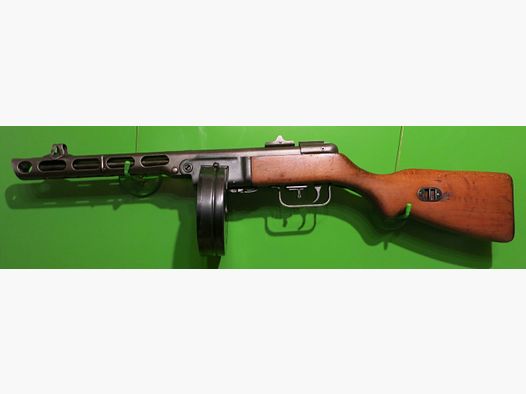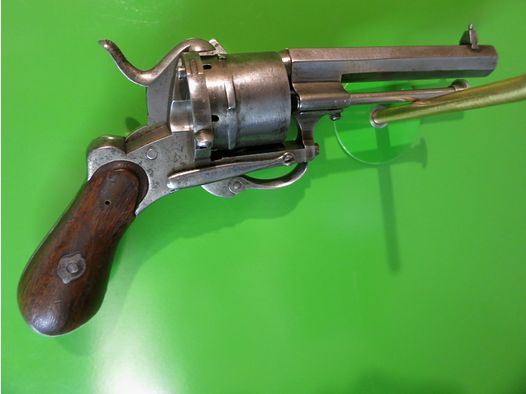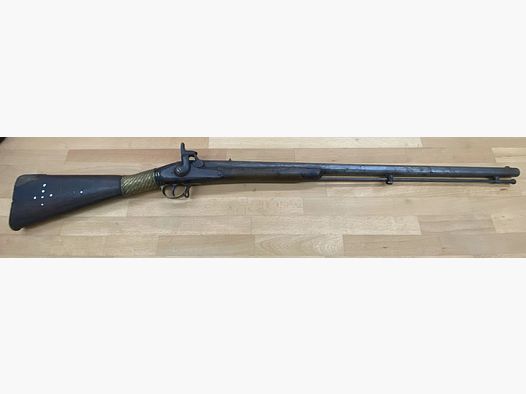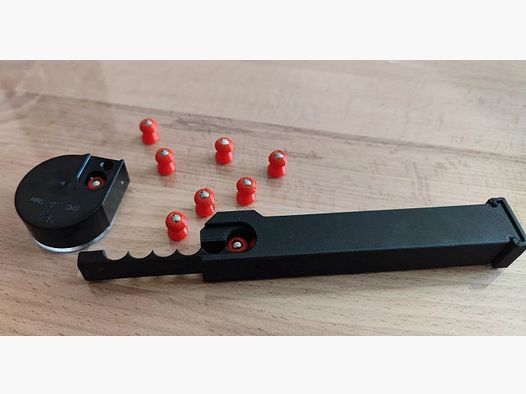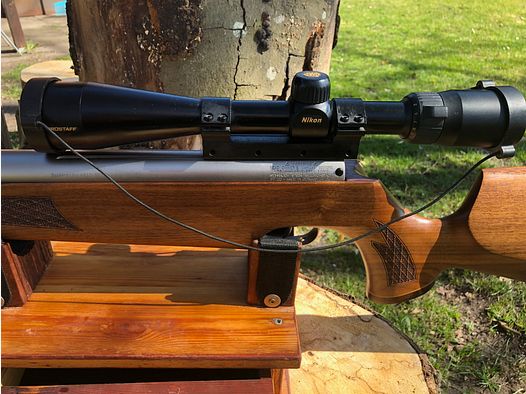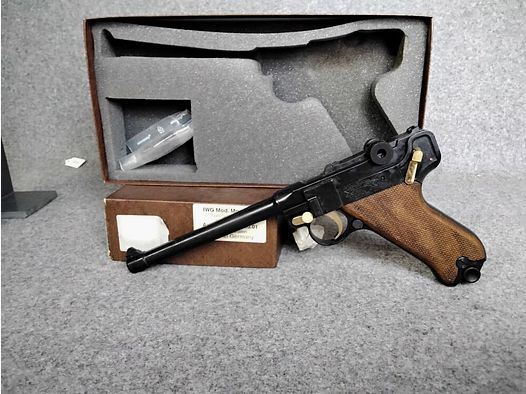The MG42, an abbreviation for "Maschinengewehr 42", is one of the most well-known and influential firearms of the 20th century. Developed and introduced by Nazi Germany in 1942, during World War II, the MG42 set new standards in terms of rate of fire, reliability, and manufacturing efficiency. Its outstanding features and presence on the battlefields of Europe made it one of the most feared weapons of the Allies and a lasting symbol of the German military during the war.
Development History
The MG42 was developed as a replacement for the older MG34, with the aim of creating an even more efficient and cost-effective machine weapon. The main focus was on simplifying production to meet the high demands of total war. The MG42 was characterized by the extensive use of stamping and pressing processes in its manufacture, which significantly reduced production time and costs compared to its predecessor.
Technical Features
- Caliber: 7.92×57mm Mauser
- Weight: Approx. 11.6 kg (without ammunition and bipod)
- Length: 1,220 mm
- Barrel Length: 530 mm
- Rate of Fire: About 1,200 to 1,500 rounds per minute, one of the highest rates of fire of all machine guns of the era
- Magazine Capacity: The MG42 was typically fed from a belt of 50 or 250 rounds.
- Effective Range: About 1,000 to 2,000 meters for area targets, about 200 to 400 meters for point targets
Design and Features
The MG42 is known for its extraordinary rate of fire, which earned it the nickname "Hitler's saw" or "bone mill". This high rate of fire resulted in effective suppression of the enemy but also increased barrel wear. To counter this problem, the MG42 was equipped with a quick-change barrel, allowing the crew to replace the barrel within seconds, keeping the weapon operational even under intense fire.
Use in World War II
The MG42 was used on all fronts of World War II where German troops fought. Its outstanding firepower made it a key weapon of the German infantry, both defensively and offensively. The Allies had great respect for the weapon and developed special tactics to mitigate its effectiveness.
Post-War Period and Legacy
After the war, the MG42 was further used by various armies, including the newly established Bundeswehr, and modified in various variants. The design of the MG42 strongly influenced the development of subsequent machine guns, including the US M60 and the Belgian FN MAG. The fundamental principles of its construction and operation can be found in many modern machine guns.
Conclusion
The MG42 remains one of the most emblematic machine guns of World War II and a testament to the engineering capabilities that went into its development. Its high rate of fire, reliability under combat conditions, and manufacturing efficiency set standards in weapon technology. The MG42 is not only a significant part of military history but also a model for the development of modern machine guns.



